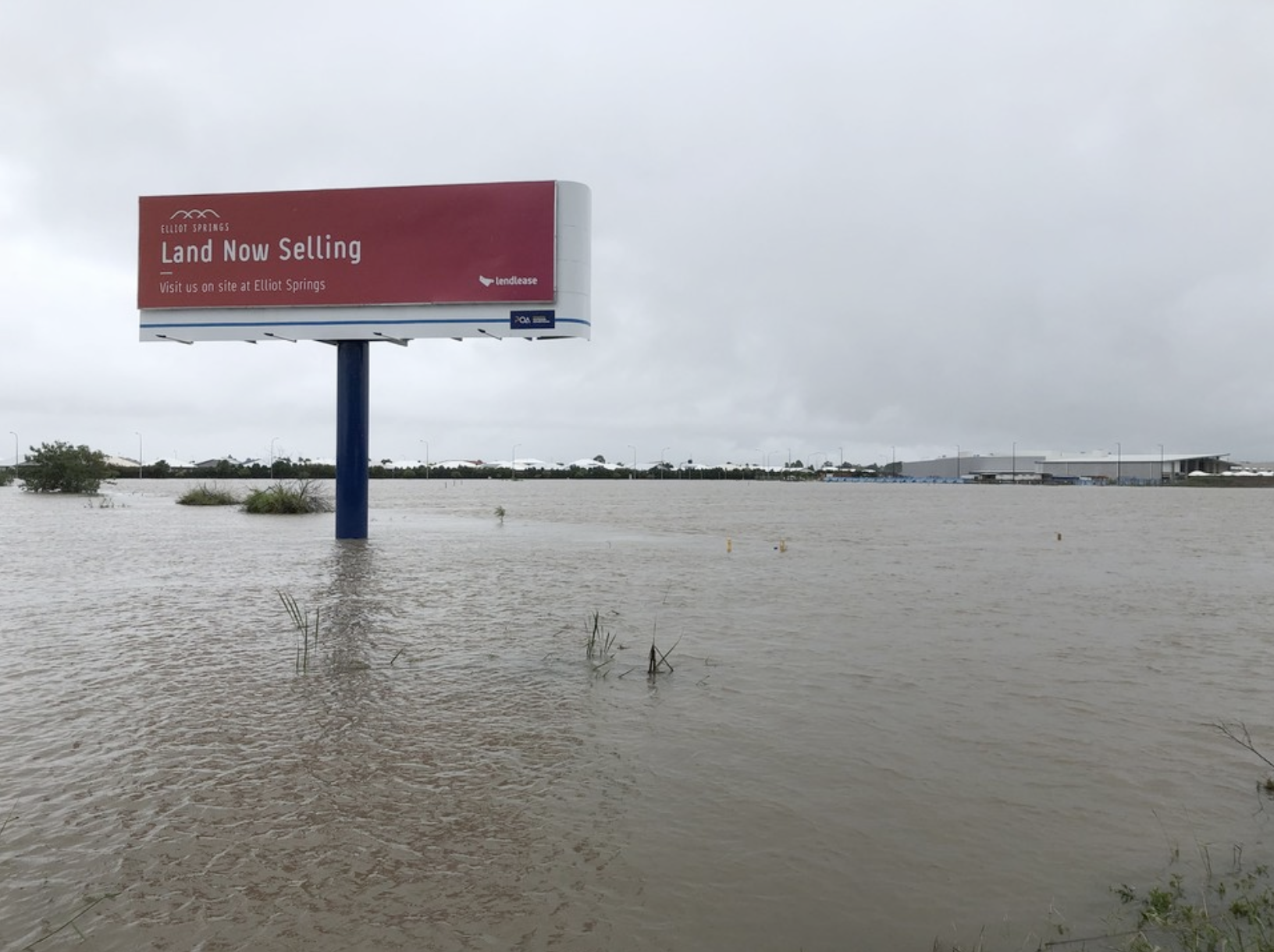The linear economy presents three life-cycle phases of activity, and wealth generation, when applied to our built environment.
These are manufacture, build and consume:
- The manufacture of products, from design, raw material sourcing through to supply of parts and assemblies in our buildings. ~1 – 18 months
- The construction of buildings, from specification & assembly to; put-to-use and occupancy. ~6 – 24 months
- And consume, the activity of ownership, quiet enjoyment and wear and tear. ~1 day – 100 years
The circular economy adds a fourth phase of activity; re-cover, re-purpose, re-plenish, replicate.
We believe the greatest untapped source of wealth, within most advanced economies and certainly within sleepy Australia, is represented by this emerging fourth lifecycle phase.
We commonly call this waste because we don’t understand it. It is everywhere, it permeates all activity within our industries and it costs money, time and creates risk.
Governments, industry and academia, if they recognise it, are grappling with what to do.
Our planet is warming because of waste and if we do nothing we are very quickly stuffed.
I recently attended an industry forum regarding product compliance and building quality. It was excellent, brought a community of professionals together and proposed solutions.
But there was little discussion about waste and the fact that this source of wealth can fund, motivate and incentivise change.
It does not cost money to stop wasting money, materials, time and skills.
- Governments can create a regulatory environment for change and procure responsibly.
- Industry can then innovate and commercialise change
- The consumer can demand change through how they spend.
A prosperous and healthy future is in your hands and the local landfill.


